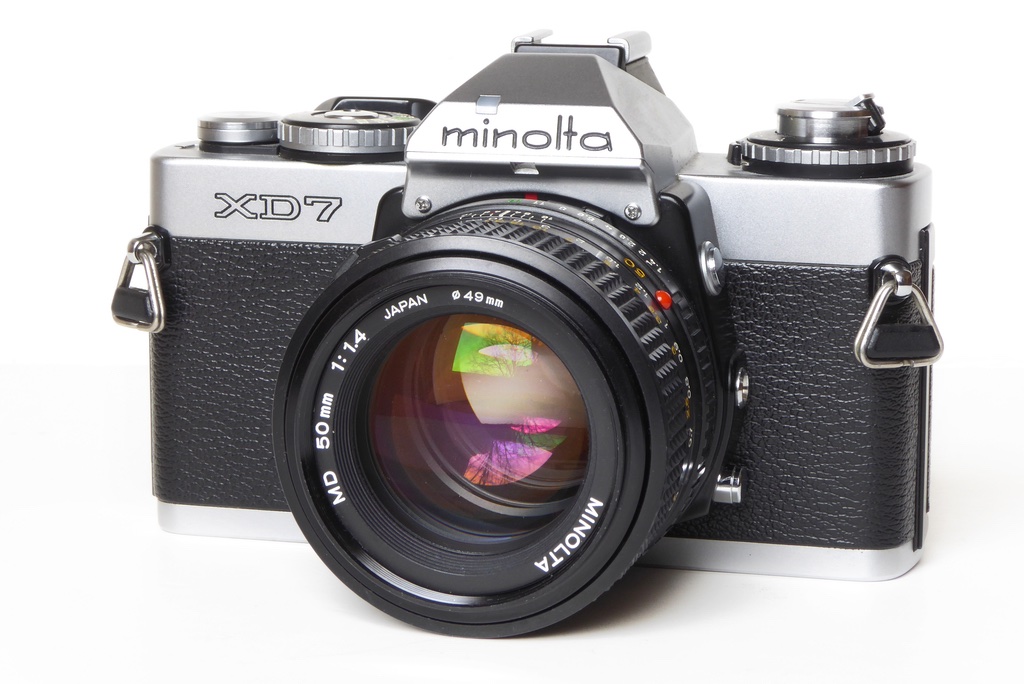
On the 1st September 1914, a small grey bird fell from its perch at Cincinatti Zoo……
The mid 1970s saw a rash of camera developments. While these produced amazing technological marvels the headlong rush to ever more sophistication while keeping the price down meant compromises. The first casualty of any price war is almost always quality.
From the early 1960s to the late 1970s the Japanese camera industry had flourished. It had created a solid reputation for quality through and through and even consumer grade cameras were built to a quality that is almost unimaginable today.
Technology had crept along slowly with features being added every few years. Self returning mirrors, auto lens indexing, through the lens metering and open aperture metering had taken a long time to implement and progress had been slow but, by the mid 1970s, the pace was stepping up.
In 1973 Minolta launched the X1 which was the result of almost 10 years development. Its most stunning achievement though was the automatic aperture priority system. Now instead of having to match aperture and shutter speed the photographer could simply set aperture and let the camera manage the shutter speed accordingly. Minolta had not been the first to do this but the X1 was the first truly pro camera to be able to offer it. Sadly the X1 was priced well beyond the means of the average user in the early 1970s and was pitched firmly at the pros as Minolta (Like Canon) hoped to drag some of them away from Nikon.
Rich in features offering almost everything a Nikon F could do and more with a titanium shutter which was electronically controlled, swappable prisms and focus screens and a stunning array of lenses dubbed as the MC-X series.
The MC-X series produced some of the finest manual focus lenses ever made including the Rokkor 50mm f1.4 PG one of the best 50mm lenses ever. But, despite its brilliance the X1 never found favour with pros who distrusted new fangled electronics and clung firmly to their Leicas and Nikon Fs – the lack of a motor drive did not help but fundamentally the market was too nervy about electronics – the X1 was simply too far ahead of its time and too out of step with it.
To leverage the expensive development time of the X1 Minolta produced the XE in 1974. The XE would drop a lot of the X1s features like the removable prisms and meter heads but would retain the same high quality build and, of course, the Aperture Priority system. The XE was quite expensive as well but at least was possible for the aficionado photographer to attain so long as they carried on living with mum and dad and eating catfood. Its size though clearly showed its X1 heritage. It was rooted firmly in a generation of cameras that had bloated in size. Unfortunately for the XE it was launched the same year as Olympus released the ground breaking OM-1 – The industry would never be the same again (well at least for a few years anyway).
The massive size reduction in the OM-1 design forced all manufacturers to focus on slimming down their offerings and this sounded the death knell for the XE – it simply looked like a bathing beauty from another age, Victorian plumpsome now out of step with the anorexic demands of the modern world. There was more misery in store for Minolta when Canon launched the AE-1 in 1976. A camera with shutter priority auto mode AND a low price tag.
The AE-1 would go on to be the first 35mm SLR to sell more than a million units.
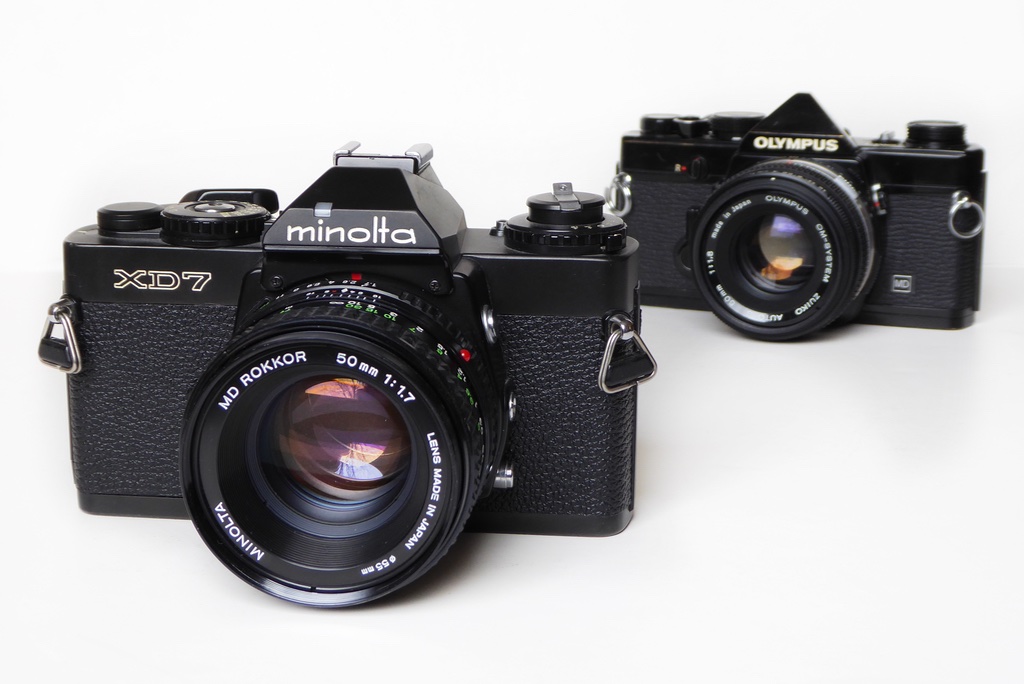
Minolta though were ready to pull a rabbit out of a hat! Enter the Minolta XD Series, the last super high quality Manual Focus 35mm SLR. Yes I know about Contax, Leica and the Nikon FM2/T but those were very limited production run cameras of a few thousand units and with a price that couldn’t be mentioned unless the customer was sat down with a paramedic, a syringe loaded with adrenaline and a defibrillator on standby. People may have fainted when the XD price was mentioned in the local camera shop but they would have a full blown heart attack or stroke if someone mentioned the Leica or Contax price – they were firmly geared at a (very) limited market. Some of these up-market retro style cameras sold in production runs of a few thousand at most.
The Minolta XD Series launched in 1977 a year after the Canon AE-1 and went toe to toe with all comers offering the first camera ever with Aperture Priority, Shutter Priority, Full Manual AND a ‘secret’ Program Mode and the whole lot would fit inside a box not much bigger than the manual only Olympus OM-1. The XDs technical specification didn’t stop there. It had an exceptionally bright focus screen and full display information in the view finder for metering, shutter speed and aperture in all modes, a stepless vertical metal bladed Seiko shutter with amazing accuracy and final check metering system where the camera would carry on metering and making fine adjustments in both auto modes right up until the last moment. Add in electronic shutter release, a built in viewfinder blind and an SPD meter cell and it all added up to a very sophisticated camera indeed. In fact the XD may well have been too sophisticated because even Minolta made no mention of the Program mode until the second generation of the camera. The program mode is a kind of unintended consequence of what Minolta called Automatic Speed Compensation or ASC.

Minolta had to make some cut backs from the XE in order to keep the price the right side of sanity (and maybe reduce the casualty count in shops as potential buyers swooned when the price was announced – in 1979 an XD with an f1.7 lens cost around 6-7 weeks wages for the average person in the UK) but the cuts aren’t huge, a few of the internal gears are plastic but the XD is almost entirely made from metal. The overall feel and handling retained the XEs super high quality including the buttery smooth winding and film advance of the XE. And, don’t forget, the XD has a lot more tech inside its tiny body than either the X1 or the XE had to manage.
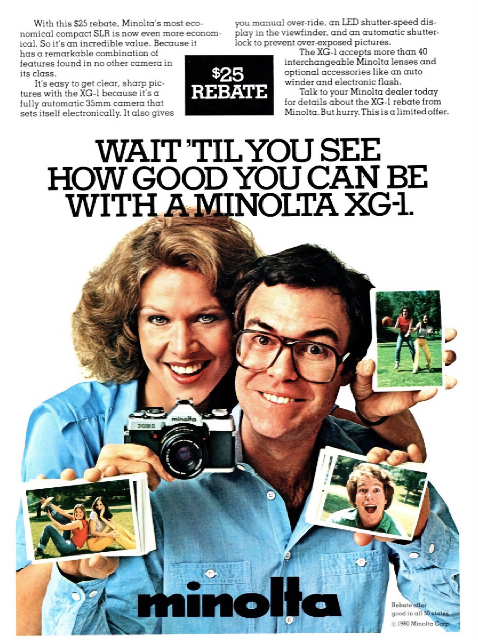
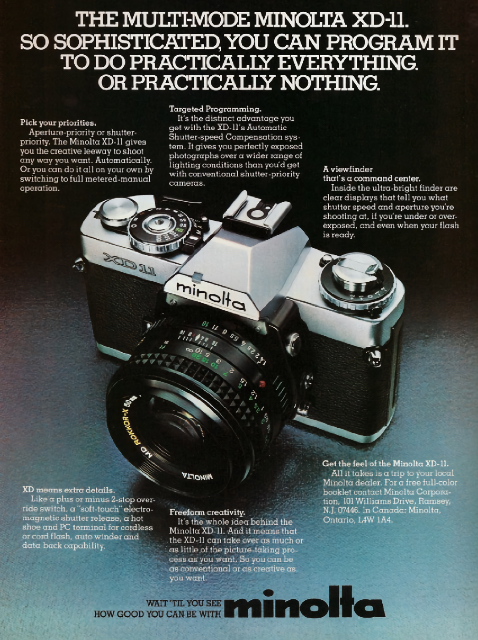
To hoover up the low end market Minolta released the XG7 the same year as the XD7 and you can see the XDs influence in the XG styling.
Unfortunately for Minolta the price of the XD7 was way too high and they sold fewer XDs in its entire production run than the lower cost, lower quality X-700 achieved in the first two years of production.
The price wars of this period meant even the low cost XG7, already a budget camera, would be cut down to produce the even lower cost XG-1. In time the XG series would eventually develop into the XG-M which would be the basis for Minolta biggest ever seller the X-700 which would be produced long after the XD was gone but that’s another story…
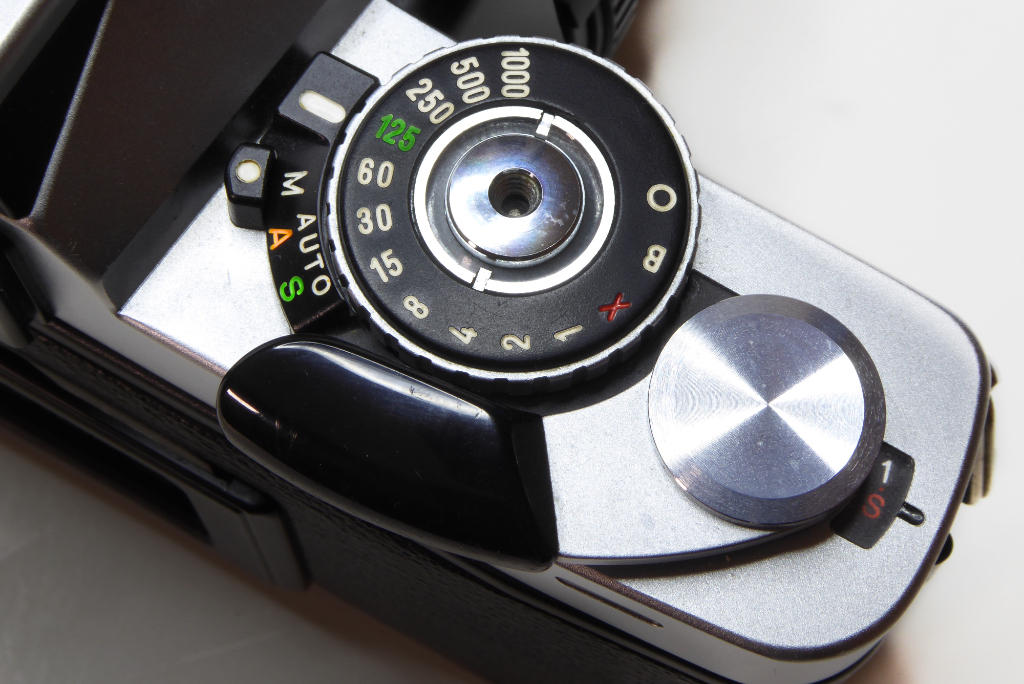
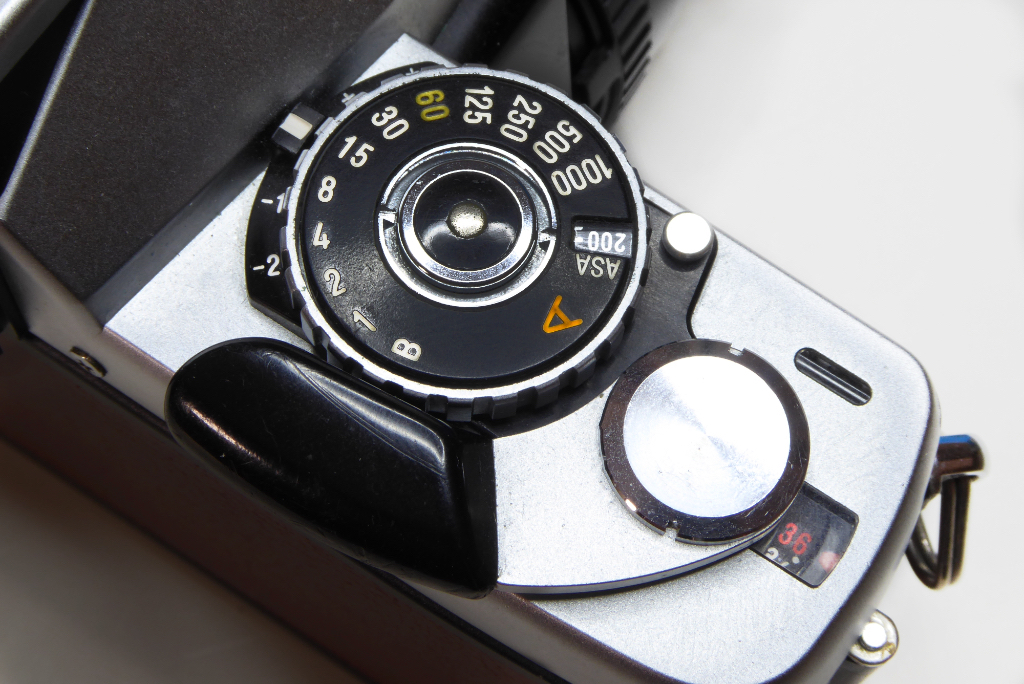
What you paid for and got with the XD was the last truly high quality manual focus 35mm SLR – Lets take a look…
The XD (XD7 Europe and XD11 for the US) featured a beautiful sleek and sophisticated exterior design – for me the most beautiful SLR ever made. It’s small, with rakish looks and a superb feel. Early models were covered with a soft touch vinyl leatherette. Sadly over time this tended to shrink badly making many XDs look shabby. Later ones replaced the soft touch vinyl for a more traditional leatherette. The whole feel is of the XD is quality ( what else would you expect when Leica were partnered with Minolta to develop the XD) AND it’s also beautifully ergonomic. It just FEELS right in your hands.
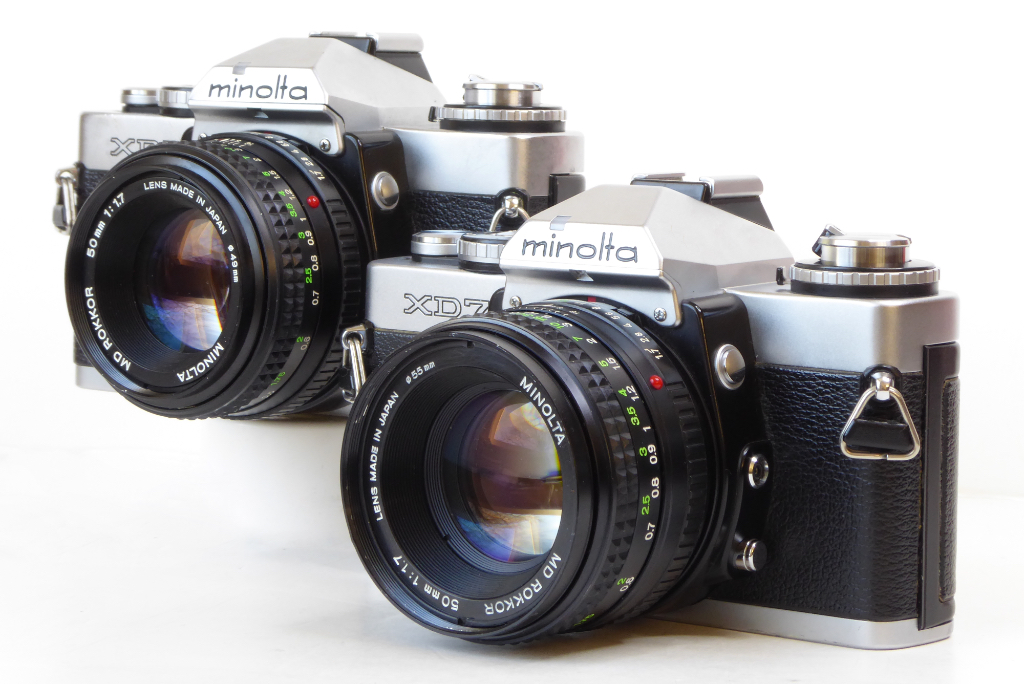
The controls on the top of the camera are well laid out with the shutter speed/mode selector dial overhanging the front of the camera allowing you rotate the control with your middle finger. Touching the shutter button will activate the meter which will turn off after shutter release or immediately you remove your finger. The shutter release is electronic in all modes other than O (manual shutter at 100th for folk who don’t check batteries) and B so its rather slick and the mirror uses an air piston to damp down vibrations giving the camera a very smooth feel when shooting.

Just to the side of the shutter speed dial there is the mode switch which controls whether you are are fully manual mode, aperture priority or shutter priority. Program mode is accomplished by turning the mode to Shutter priority (S), set the shutter speed to 125th (in green on the later versions) and putting the lens to f stop marked in green. Errrr why if it’s in program mode do you turn the shutter speed to 125th?
Well the way the Minolta XD Series works is this – if you’re shooting in shutter priority the camera has control of the aperture in a very precise way – it may well be shooting steplessly between aperture stops BUT the XD will also change your selected shutter speed if it feels you have called it wrong. As a result setting 125th as the best average speed means the camera will increase or decrease shutter speeds giving a ‘secret’ Program Mode. Minolta called this ASC (Automatic Speed Compensation). The XD was so far out in front Minolta didn’t really start promoting the Program Mode until the second revision of the camera when they coded the 125 setting in green and started promoting the ‘Green for Go’ mantra- set the mode to the green S, set the shutter speed to the green 125 and the lens to its smallest f stop coloured green – simples eh! Nikon would do the same later on with their Orange coloured markings.
Some churlish people suggest this may have been a gimmick to save Minolta having to reinvent the camera when Canon eventually got a full program mode for their A1 a year later but I suspect it was just not considered – the pace of change was so fast it was probably just not understood by Minoltas sales and marketing people.
Now this Automatic Speed Correction causes some people to pull out their hair, rend their clothes and gnash their teeth. I mean whats the point of shutter priority if the camera will just ignore you? The answer is the camera won’t ignore you. It will try to manage it for you, opening the aperture to the required amount for the speed you set but if you have done something daft the camera will try and manage as best it can so you don’t waste film. A good example of where this comes into play is this; If you have the camera in SP mode but have forgotten to set the lens to its minimum aperture and have the lens set at f11. It limits the camera to shooting stops between f11 and its minimum stop which may be f22. So the camera has fewer lens stops to work with. So if the light isn’t sufficient the camera cant open the lens any further than f11 soooo it will slow the speed down. You might have set the camera at 250th but when you press the shutter the camera will take a Final Check reading and decide to go at a 30th because you have limited its available stops.It’s rather laudable really. So if you really, really, REALLY need f16 at 1/4 second then you are best off in manual mode.
Theres an argument to be had that shutter priority is of limited use on ANY camera that can’t support faster than 1000th and that argument holds some water too but you’ll have to wait for the forthcoming Canon AE-1 article to find out why.
The Minolta XD Series tends to favour aperture over speed when it’s in its (secret) Program mode where the X-700 tends to favour speed. For this reason a lot of people including me consider the XDs program mode superior.
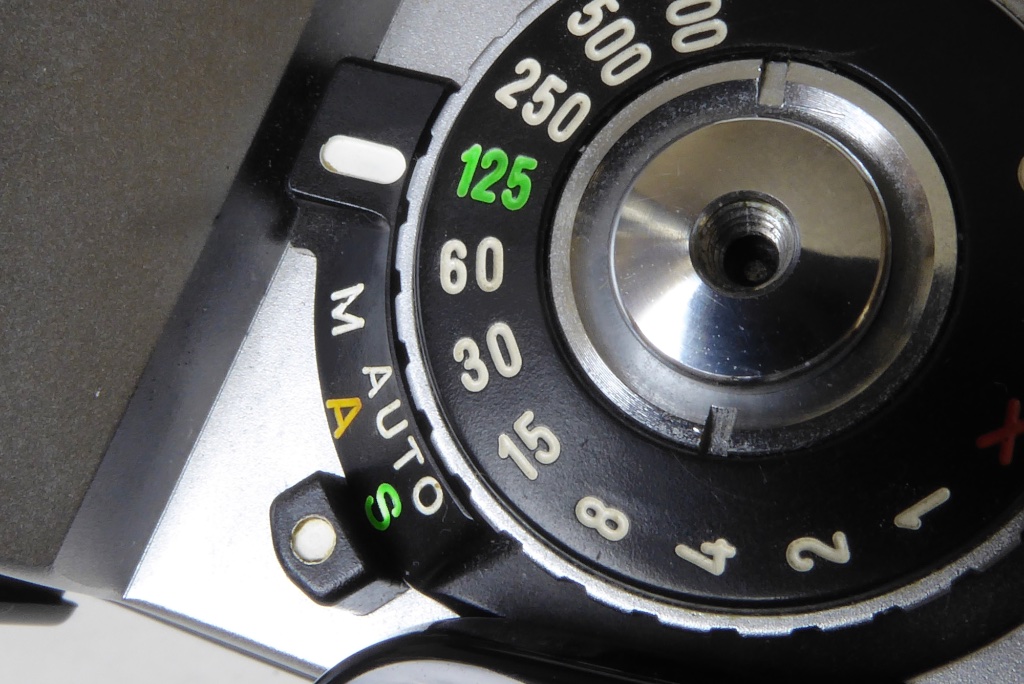
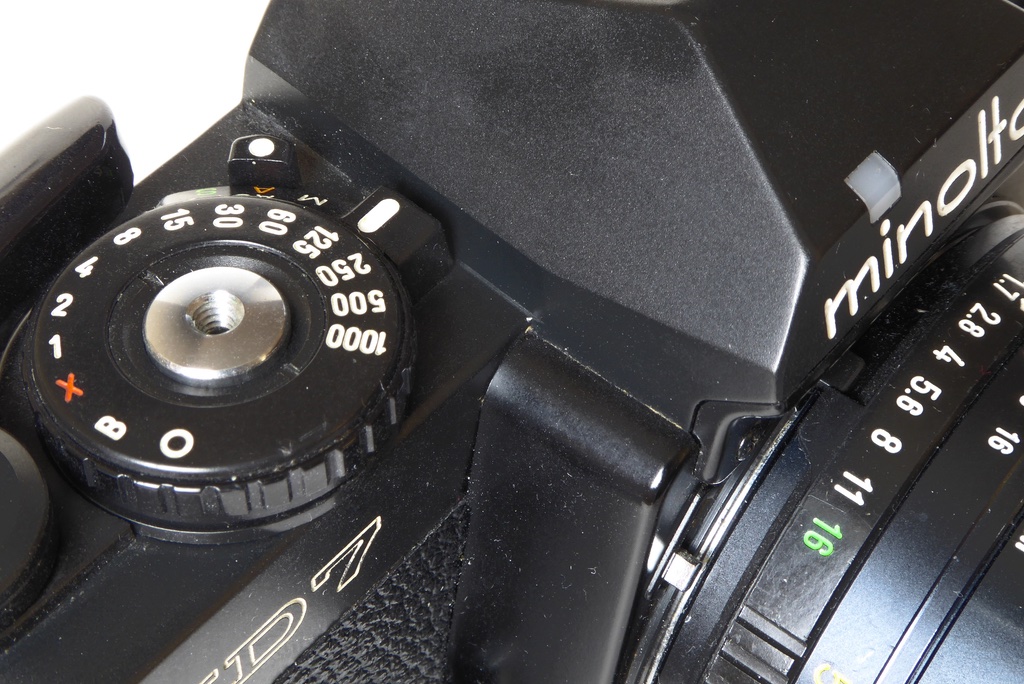
Something to consider is that XD, when it’s in shutter priority mode, relies on an electromagnetic stop down for the lens which is very finely tuned. To make this work the lens needs very light and balanced shutter blades as the electromagnetic activator together with the final check metering means the lens needs to be able to stop down smoothly and quickly in a stepless manner AND react quickly to possible changing light levels. Minolta bought out the MD series lenses to work specifically with the XD.
The MD lenses all have very fine and thin aperture blades and an additional tab to tell the XD what the lens minimum aperture is. You can use almost any Rokkor lens with the XD but if shooting in shutter priority with an older lens the camera may not achieve accurate exposures as the lens may simply not react quickly enough and you won’t get any warnings if you forgot to set the lens to minimum aperture. In Aperture Priority or Manual mode it makes no difference – the lens will just stop down to whatever you set on the lens but as already stated in Shutter priority mode the camera may choose to finely tune the aperture setting and this may not work so well with non-MD lenses.
An additional hazard with a non-MD lens is the camera has no idea what the minimum aperture the lens can manage is…it’s the MD tab on the lens that tells the camera this information. So you could be in a position where the camera wants f22 but your lens only goes as far as f16. The camera will run the shutter as fast as it can to compensate but chances are you will be badly overexposed especially if the light is sufficient to demand faster than 1000th.
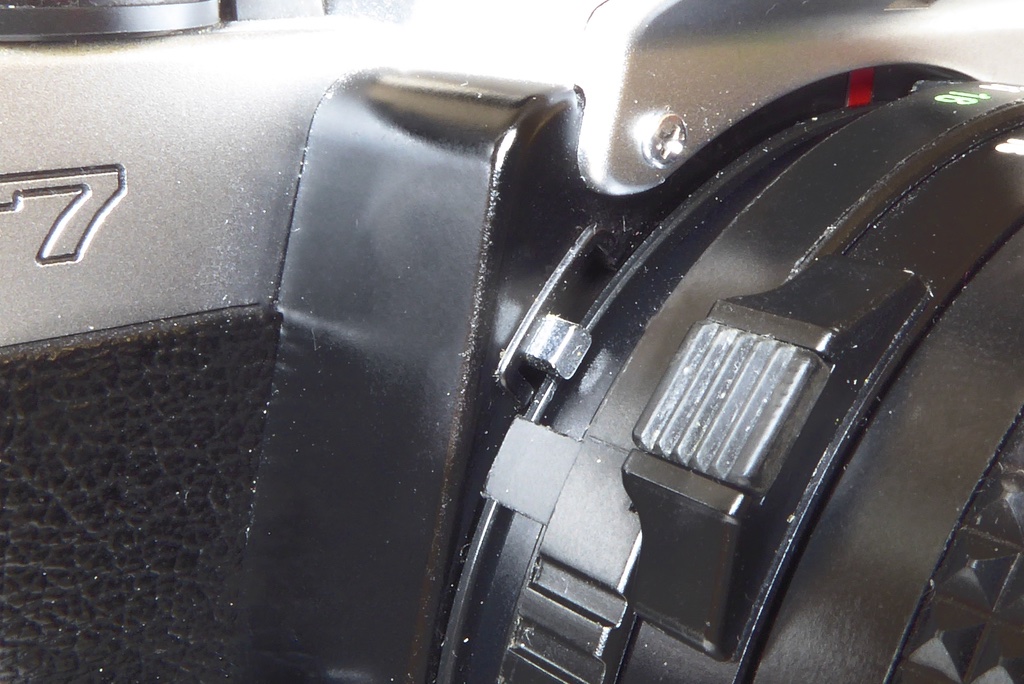
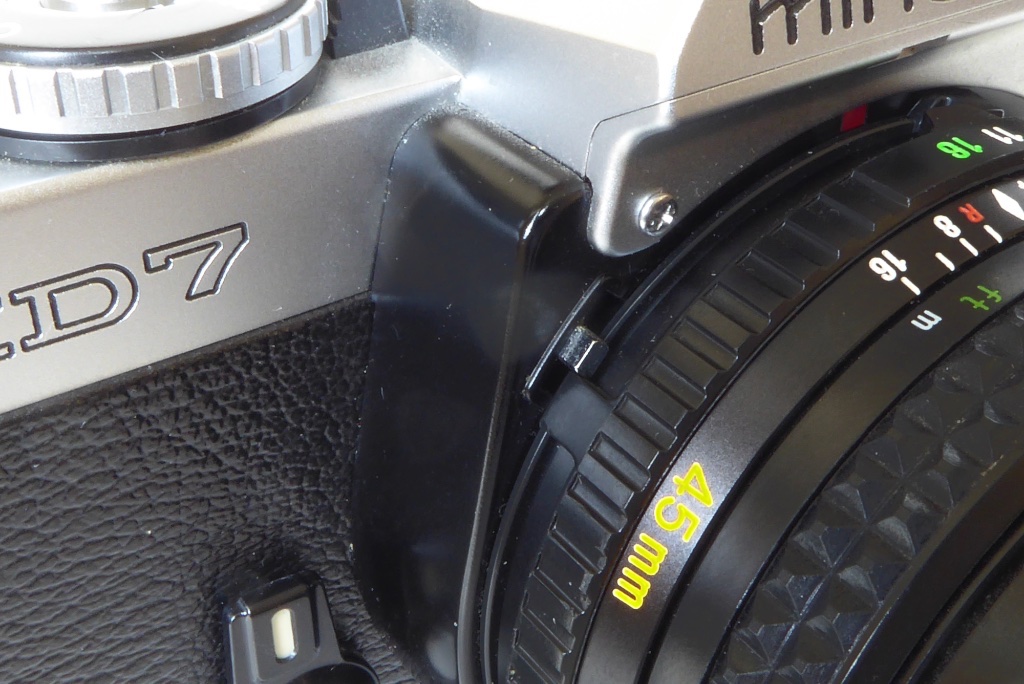
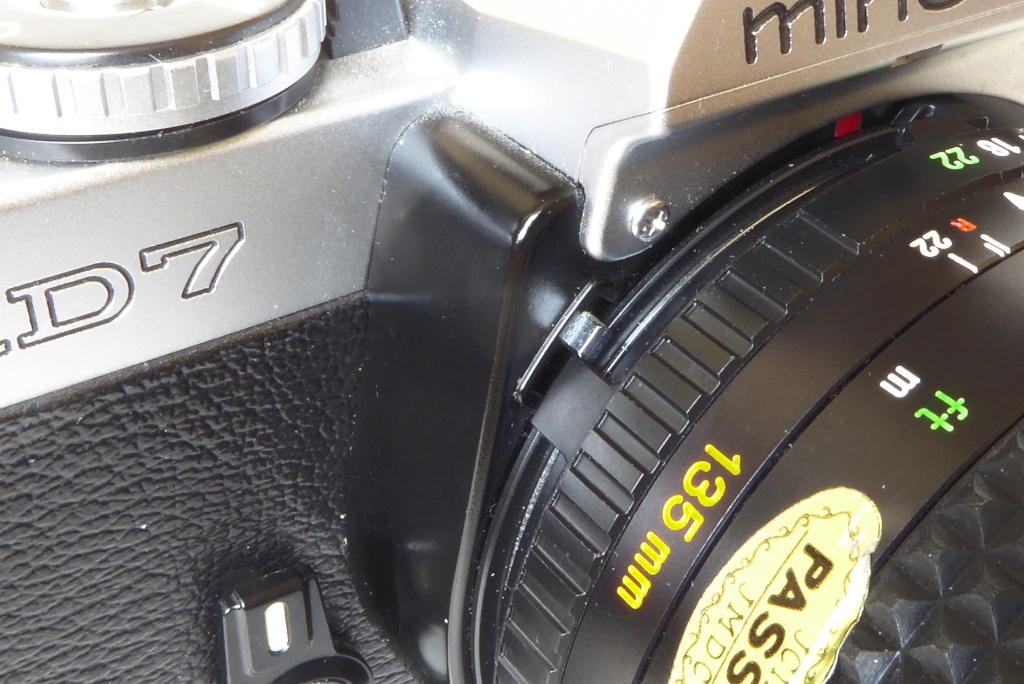
Like any serious auto-mode camera the Minolta XD Series has exposure compensation of up to 2 stops. Personally I find the exposure compensation a bit fiddly on the XD – you need to press the lever in towards the centre of the dial and then turn it to its required position. It’s a good idea to stop it being accidentally turned but it’s also rather tricky to get right. Early models had the exposure compensation lever outboard. Later ones moved it inboard to stop the lever getting snagged.
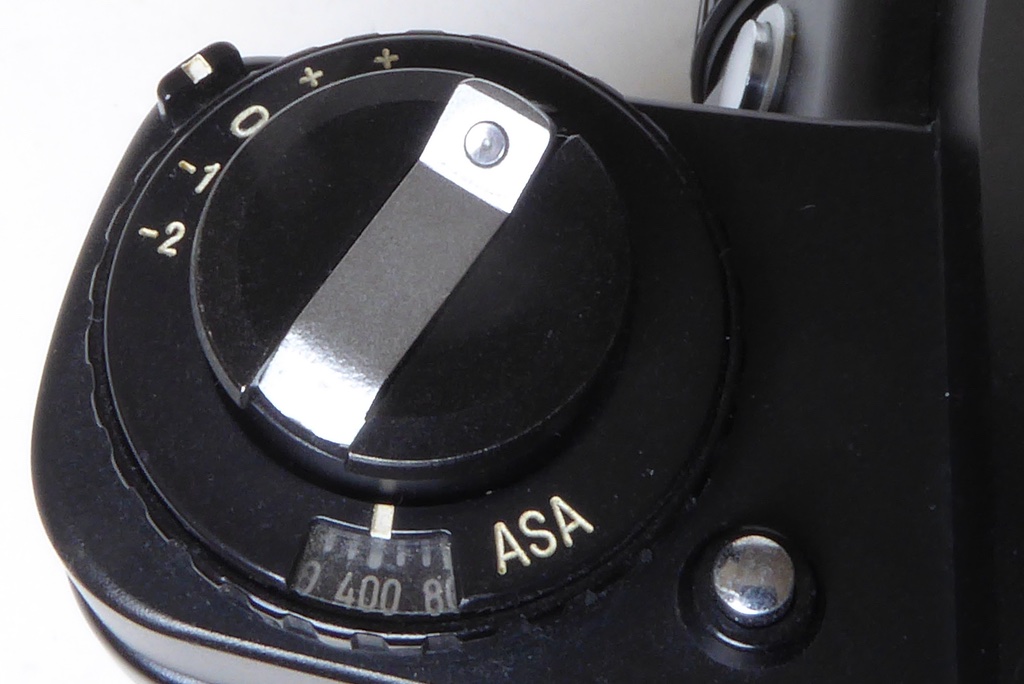
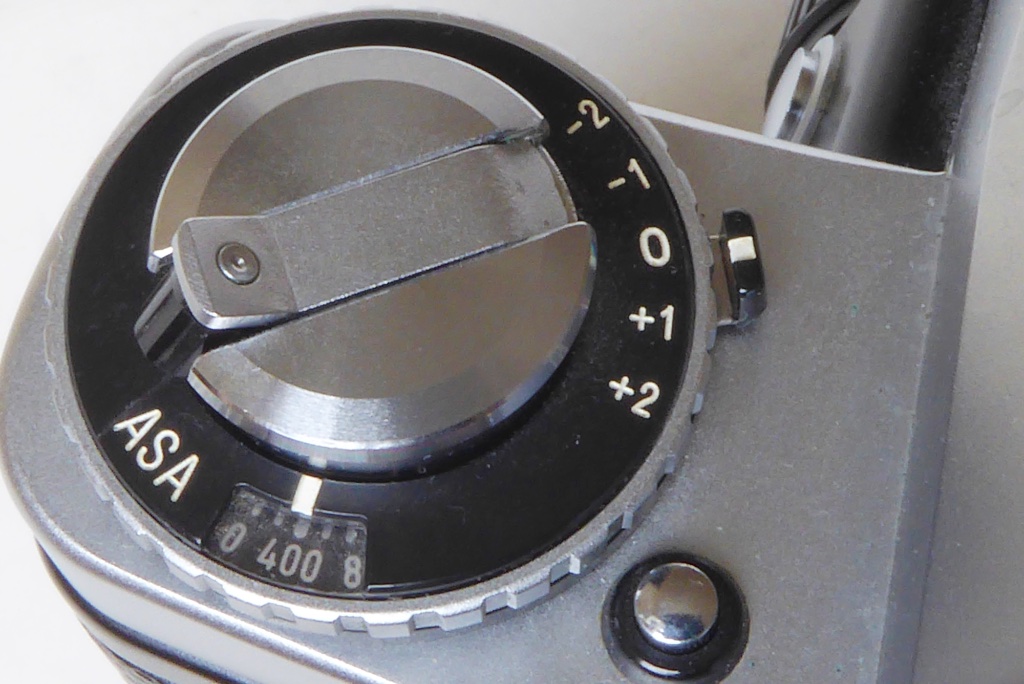
In all auto modes the XDs, Seiko metal bladed vertical shutter operates in stepless mode plus the XD has what Minolta called ‘Final Check Metering’. In most cameras the moment you press the shutter the settings are locked in place – not so with the XD which will keep metering and adjusting shutter speed and/or aperture right up to the moment the shutter opens. This gives the XD a very tiny delay when taking a picture which some people find disconcerting. It is a tiny delay of milliseconds but humans being what we are most people can detect the small delay and some find it a bit odd. With that said the shutter action is very slick. the electronic release gives the camera very smooth pull off with almost no mirror slap thanks to the air piston which cushions the mirror. The Minolta XD Series are some of the quietest SLRs I have used thanks to its very smooth shutter and mirror action.
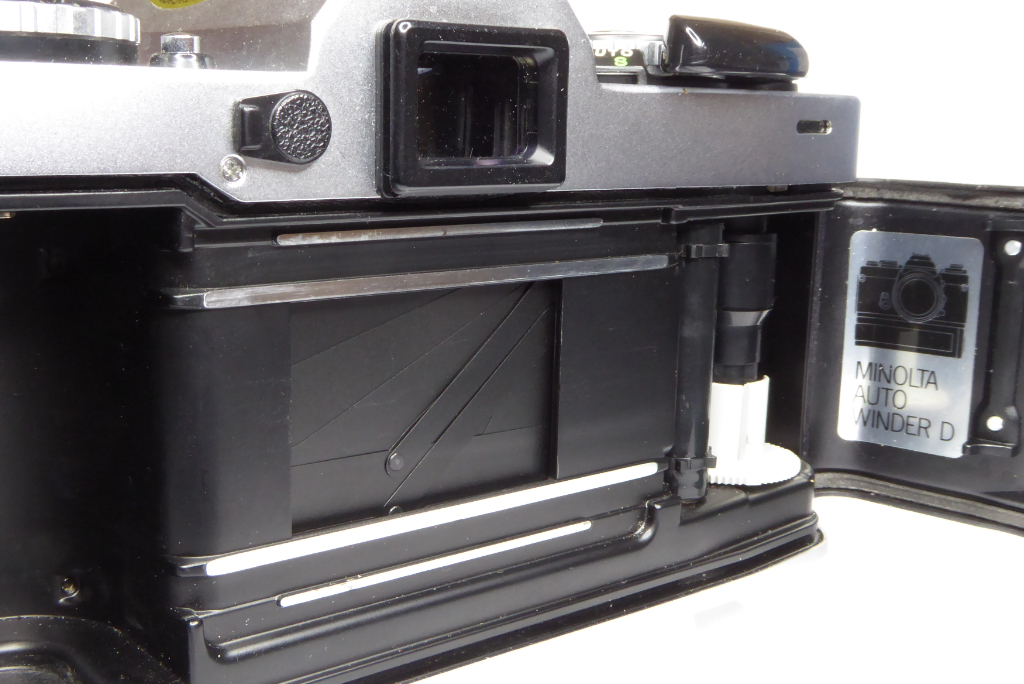
The XDs viewfinder is a kind of fusion of old and new, LED lamps to show the metering but a classic Judas Window to show aperture and a mechanically operated film strip to show the selected shutter speed. When you move from manual or aperture priority to shutter priority a mechanically activated mask shows either shutter speed or aperture. It’s a neat trick. Personally I find the information in the viewfinder of an XD a bit of information overload.
The over expose and underexpose LEDs can be confusing. No metering lights = you didn’t stop the lens down in shutter priority mode, over LED blinking in shutter priority mode = camera will increase shutter speed, under LED blinking = camera will reduce shutter speed.
It all makes for a complex viewfinder and complexity leads to mistakes. Your eye has to move around a lot to work out what’s going on – look right for metering, down for settings, look center for focus.
I have lost count of the times I have swapped from manual to AP mode and fired off shots assuming the camera has control of the shutter only to find out later I was still in manual – there are no indicators to specifically alert you to what mode you are in – its a powerful tool but you need your wits about you if you don’t want to get wrong footed.
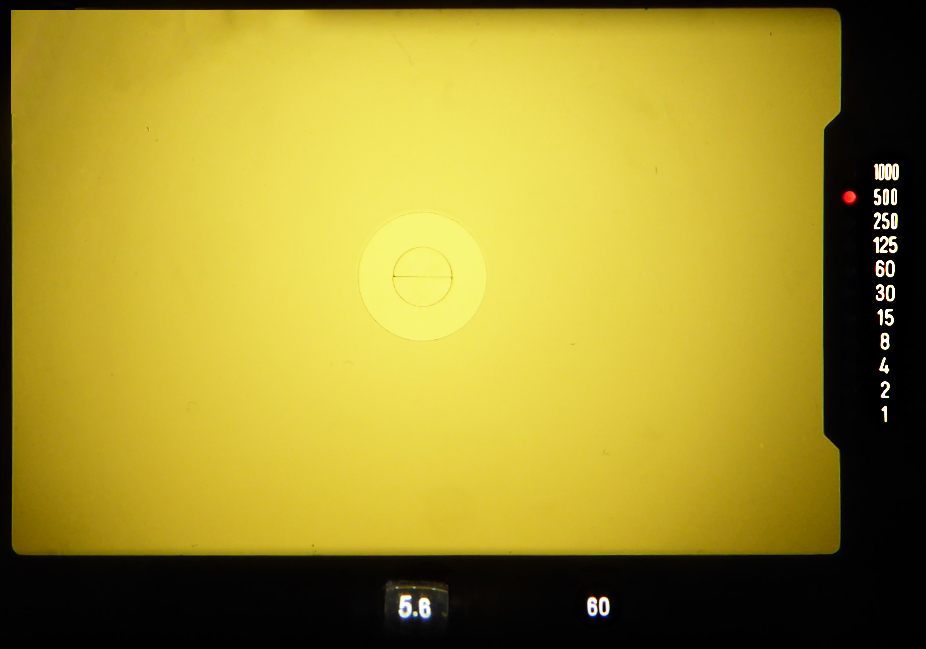
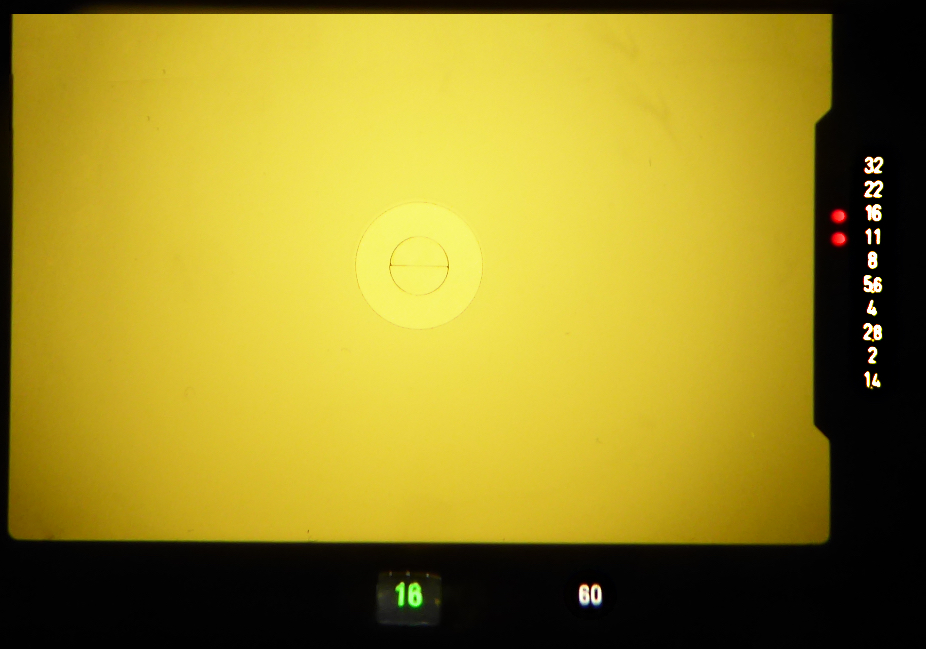
You also have to remember (especially in manual mode) the meter LED is just the camera telling you what you SHOULD set – not what IS set. For knowing what you actually set you have to glance downwards at the shutter speed indicator. For myself I prefer a simpler viewfinder arrangement.
The camera settings along the base of the viewfinder are driven optically and mechanically as mentioned and the problem with this is you need decent ambient light to illuminate these. That’s what the small window on the face of the cameras prism housing is for – providing light for the shutter speed film strip. Like any arrangement using this method if you are shooting in a dark location you cant see a thing as there just isn’t enough light to illuminate either the Judas window for the aperture indicator or the film speed film strip inside the camera.
The standard focus screen features a split image centre with a microprism collar and a very bright focus screen that’s very finely ground for focusing on the matte area. There are few screens better, though the Minolta X-x00 series do in fact slightly trump the XD screen.

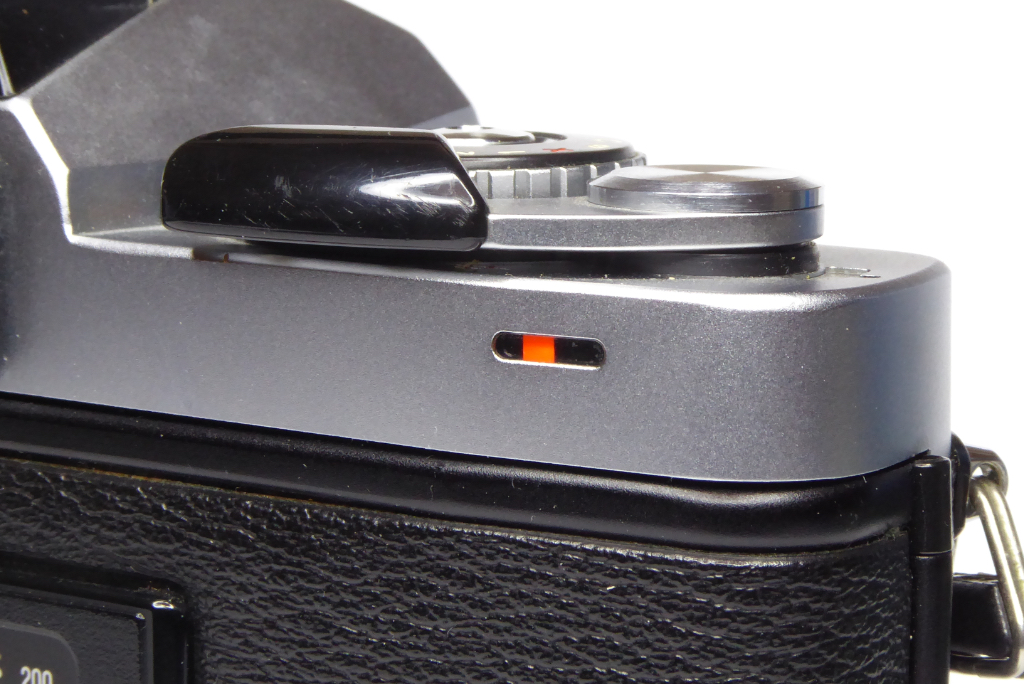
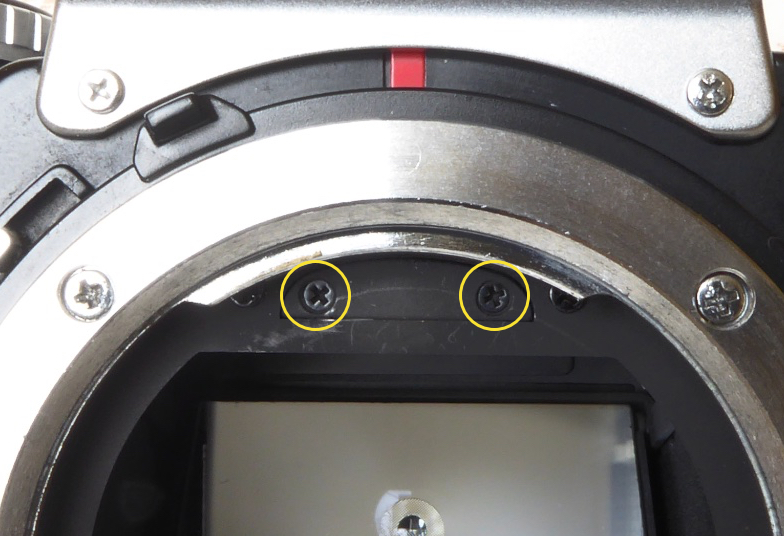
Other features with the XD7 / XD11 include a neat built in viewfinder blind for long exposure or self timer work. The blind features a white dot when closed so you don’t go thinking that you have a lens cap on. The film safe indicator which appears on quite a few Minolta cameras is a red stripe that moves from left to right, if you can see this moving when you wind on then the film is being transported ok onto the take up spool – it also handily acts as a warning that there is film in the camera.
The Minolta XD series featured a removable focus screen. This is a lot easier to deal with than on the XG series or the X-x00 series. Just inside the lens mount ring on the top of the light shield are two small screws. These come out along with some small pieces which retain the screen. A warning here don’t lose any of the parts, they are almost irreplaceable as indeed are the focus screens themselves. The XD series has an AcuMatte screen which is very easy to damage with careless handling – never use chemicals on it! While changing focus screens on an XD is easier and a lot less risky than on the XG or X series its still a lot more fuss than on an OM-1 or Pentax MX which have a simple locking tab and cradle which holds the screen. Personally I almost never change focus screens – theres very little need for most of us to ever do so.
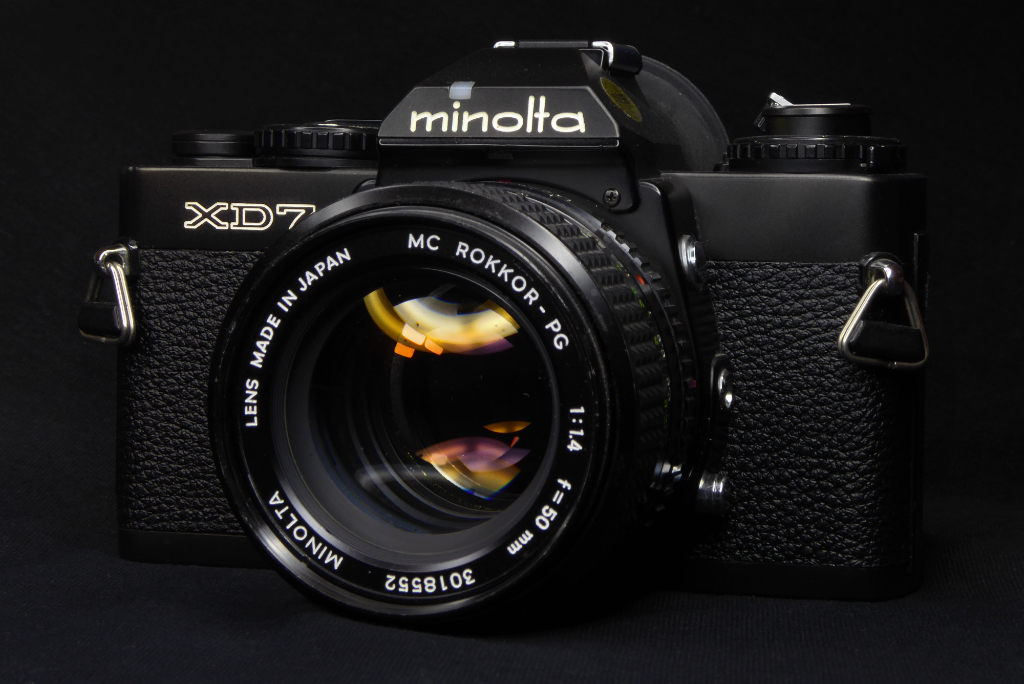
The XD7 and XD11 was available in a black finish which has a more satin look than traditional black finish work. Unlike most cameras which used a black enamel over a brass base coat the XD is done with a black chrome developed in conjunction with Leitz. It’s very hard wearing and tends not to brass with age. When new the black finish was a significant cost upgrade and as a result there are relatively few of the black XD models around. They normally carry a hefty price premium in the used market as a result.
Shooting the Minolta XD Series
The Minolta XD Series is a wonderful shooter, equipped with Minolta glass it’s capable of great results. I tend to shoot mostly in manual or AP mode as most of what I shoot is quite static. As ever the real magic is in the glass but the XD has a very accurate shutter which is a big asset. Most horizontal cloth shutters have a 20% variance in performance but the XD’s Seiko shutter really hits very close to its intended speeds so you can rely on it getting the exposure right. Metering is centre weighted but my experience is it can easily be fooled by backlight through the viewfinder so I always use an eyecup on mine to reduce any light leakage through the viewfinder which could affect the meter.
I also found from experience that the metering in the XD can be upset by the use of a red filter. Normally adding filters doesn’t cause an SLR with TTL metering to be affected but I found the XD meters on three samples could all suffer bad under exposure of an estimated 2 stops when combined with a red filter. Whether thats just an issue with mine I cant say but three different XD11 bodies performed the same.
The nicest thing about the Minolta XD Series though is the superb ergonomics. It just sits well in the hand and its controls are very smooth and well positioned. It feels, like most Minoltas, as though it was designed by people who actually used cameras rather than propellor heads in the design team or a bean counter in the corporate finance dept. Personally I find the exposure compensation lever a bit fiddly and I have found from experience its very easy to misread what the camera is telling you with the multiple read outs in the VF. Thats more of an issue for me as I shoot so many different cameras.
Minor quibbles aside its a beautiful camera to work with and I curse the fact that back when they were in production no one ever showed me one in my local camera shop.
Back then I can seldom remember seeing a Minolta camera other than a point and shoot in any of the shops I frequented which is a pity as at one time the XD would have suited me very well. Certainly better than the horror show which was the Olympus OM4Ti I inflicted on myself in an uncharacteristic moment of ‘brand loyalty’.
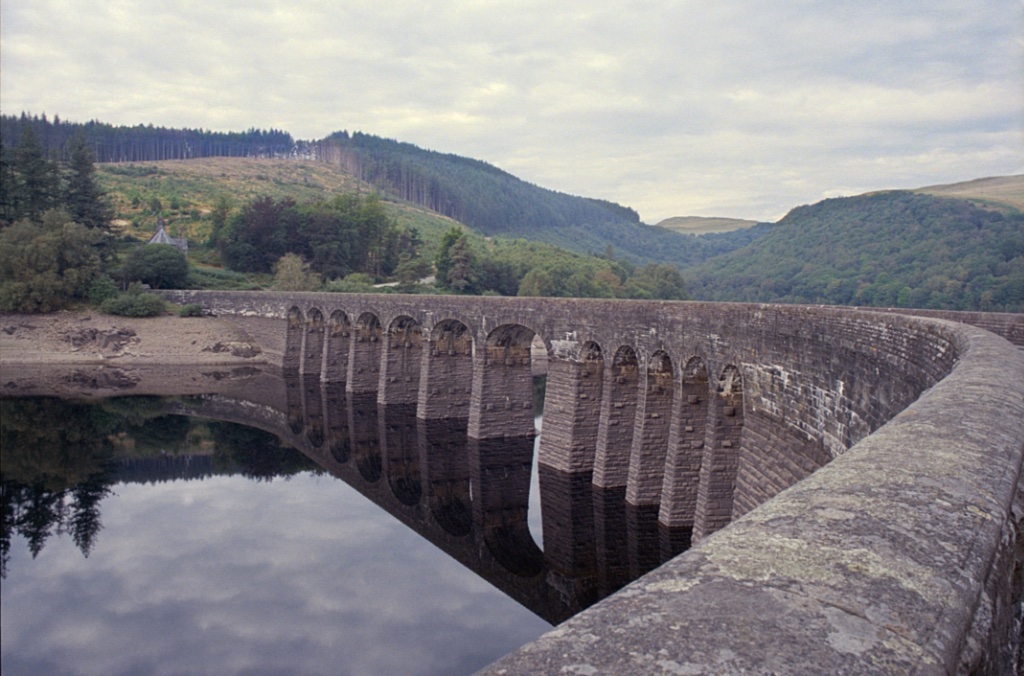
28mm Minolta MD3 with Polariser & Kodak Ultra 400.

Rokkor MC-X 50mm PG 1,4 Red Filter & Ilford HP5.
Minolta XD Series : Buying an XD7 or XD11
A cautionary note here for anyone excited enough by this article to be lusting after Minoltas finest creation… The XD, although beautiful when running can be a horror when things go wrong. Few camera techs will work on them thanks to the scarcity of parts. It’s also a very complicated beast with its fusion of old school mechanics and high tech electronics. Never, ever buy one with supposedly easy to fix issues – chances are it wont be.
Even cleaning the film speed resistor tracks is tough on an XD. Just taking the top cover will test most peoples patience thanks to the very complicated and tricky to reassemble film speed ring.
The Minolta XD Series can suffer some relatively simple maladies, the most common is the air piston that manages the mirror can get gummed up resulting in the camera really taking its time to get the shot off. It’s not super difficult to do but it may well be beyond the skill of the average user.
The biggest risk to the XD is people using old flash guns where the flash gun trigger voltage can fry the XDs electronics. If you want to use flash guns with this camera using the hot shoe you are are best advised to get a Minolta flash gun of the same period or do some serious research on what flashguns will be safe.
Minolta bought out a lower cost version of the XD7/11 with the XD5. The XD5 made a few cuts, it has a plastic top cover, no shutter speed indicator in the viewfinder and no viewfinder blind or film safe indicator. The cuts aren’t much but if you want the best that Minolta could turn out then it has to be the XD, XD7 or XD11.
If you do get an XD then reading the manual from cover to cover is a must. The viewfinder displays can be confusing if you don’t know what you’re doing. The XD can easily confuse tyros with its behaviour but the camera also has some nice tricks up its sleeve like the ability to easily manage double exposures – it’s all in the manual and well worth investing some time to learn how to get the most out of it.
Minolta XD Series : This is the end…
The Minolta XD Series was historically significant. The first 35mm SLR to combine full manual, shutter priority, aperture priority and program mode in a single camera. It also combined all of that with petite, beautiful looks and ergonomic handling. One of the finest manual focus 35mm SLR cameras ever and certainly Minoltas most beautiful creation. Sadly the XD was destined to fade away. Lurking in the shadows was the age of plastic and silicon. Soon the whole idea of being ‘the best’ would give way to being the most economically advantageous, the age of ‘good enough’ would trump technical excellence.
But the Minolta XD series isn’t just historical because of what it could do – it’s historical because it was the last mass production manual focus 35mm SLR camera from an age when things were made with a mindset of being the technical best and where quality was held to be the supreme virtue. The camera market would move from manufacturers trying to achieve supremacy through the quality of their technology to supremacy by crunching the price down to increase the volume of sales. Technical excellence from the boffins would be subordinated to the demands of shareholders and bean counters.
That bird I mentioned at the start of this article was ‘Martha’ the last passenger pigeon. At one time they numbered in their millions but in a few short years they were extinct – no longer able to survive in the modern world.
Just like Martha the Minolta XD series would be the last of its kind.
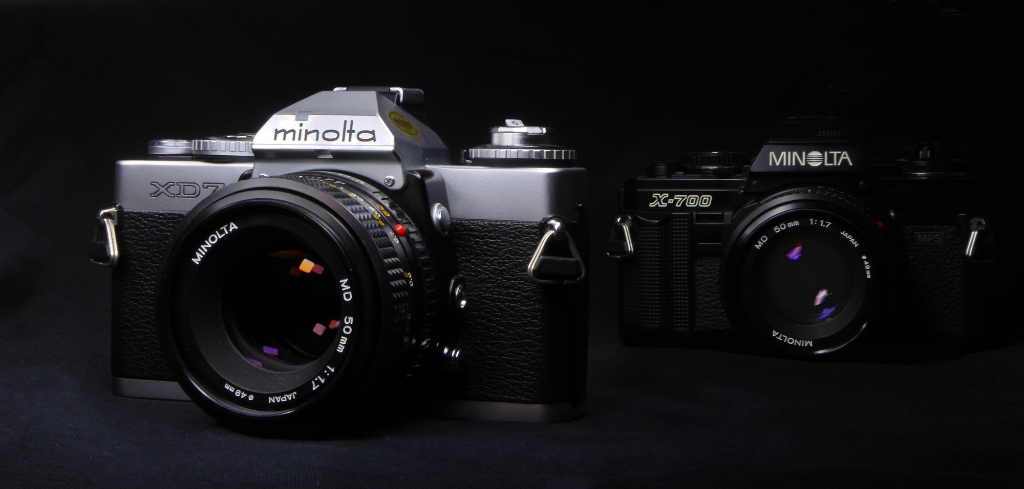
Further Reading
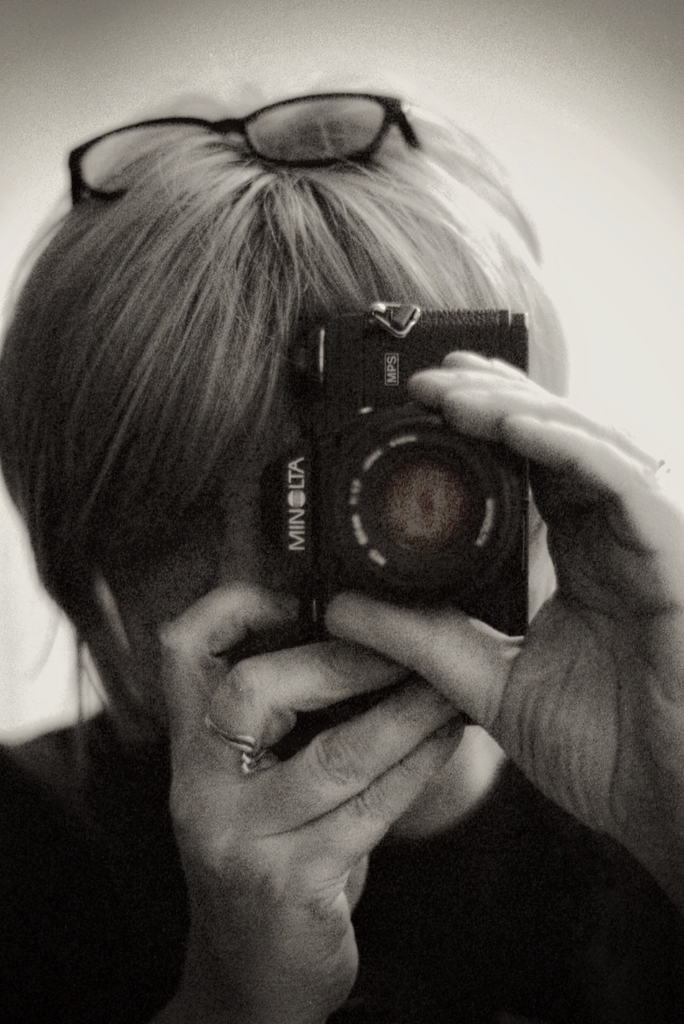
Mel is one of the driving forces behind High 5 Cameras and writes all our articles.
Starting serious photography back in 1972. Over the years she got to shoot film with most of the major brands in 35mm and large format as both a studio photographer and content provider for websites in the early life of the web. These days she is rediscovering photography and has become the GOTO person for knowledge on camera repair advice.



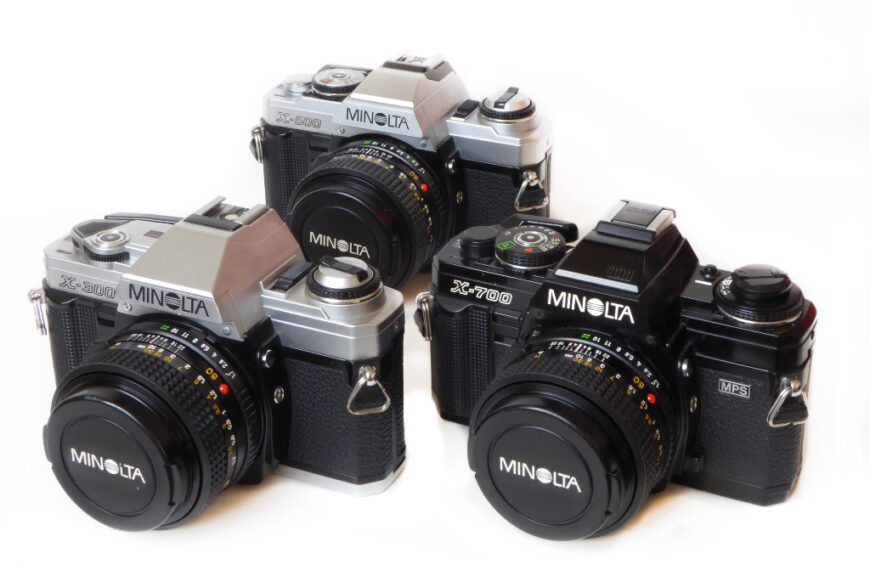
Wonderful history. I recently got an XD-11 in excellent physical and operating condition (save for missing detents on the film speed ring — gaffers tape!). That shutter sound! So smooth. Thanks for the article.
Superb article that cleared some things about the light meter’s mode of operation. Thank you!
Glad you liked the article. The XD is a very lovely camera but as ever a read of the user manual is a must. Stay tuned to us as we restart article. A new one coming this weekend looking at Nikons most under-rated camera.
I just bought the XD-7, the european named version, in chrome, last week from Ebay. I just read your article some times before, and with that remembered that there was once a feature on Minoltas by just touching the shutter button activating the light-meter, so I was surprised that no LEDS came on. I was already afraid having a non-working camera, but I found out rather fast that this was a feature of the Minolta CLE range finder- not the XD-7. On the XD-7 you will need to press down with a little soft touch the shutter button to activate the light-meter. Depressing it immediately stops the light-meter.
So you are not quite correct in your article, that the light-meter doesn
t turn off after 15sec- instead it turns off as soon you depress the shutter button.And yes, the different modes are not always easy to understand without the manual.
So once I thought again that the camera was broken when the mirror kept up and the shutter open for several seconds as I tried the shutter priority mode in darkness with shutter speed set to 1 sec. But it wasnt broken- it was written in the manual- and to my surprise the duration depending on the brightness of the sourrounding. Means: The camera is able to have longer speeds than 1 sec when needed, though maybe not reliable enough to be advertized. Something similar like the non-official 1/2300 that camera should be able according to some sources.
So many thanks for the article, a pleasure to read.
You are quite correct with regard to the shutter speed display and I made some amendments to the article. Thanks for pointing that out.
Some early XDs also have an issue with non-MD lenses on very long shutter release times. Some of the non-MD lenses exert too much force on the electro-magnetic aperture control forcing the camera to release the shutter too soon. The electro-magnets holding the aperture can be forced back by the stronger springs in pre-MD lenses which means the shutter is tripped to close early. This may not have been true back when they were made but 40 years wear can often affect XDs in this respect.
Glad you like the article. Happy shooting.
Mel
Regarding S-Mode your example is wrong, it’s the other way round. Of course the XD can always work with open aperture in low light, no matter what you set. But if you set the aperture to 11, the XD can’t close the aperture smaller than 11 if there is too much light. So if you might have set 250 the XD will then use 500, then 1000. That is a feature and it’s even better than a normal P Mode, as you can determine the smallest aperture you want to use for bokeh or whatever reason.
Love these cameras. The X700 was huge, I’ll admit, but I pine for the older ones, even the SRT’s. I love the match-needle metering. It made it easy for me to either expose dead on or over/under expose just by looking at where the needle lies. Still have an XG 7 and won’t give it up. Auto priority is the only program mode I would use anyway. Either M or A…that’s it. I truly miss those days, but time marches on, whether I March with it or not. Thanks for the walk.
Like you Mel prefers a match needle, it’s much easier to judge with a bit of experience how far the needle should deflect for an under or over expose. Like you me and Mel pine for the old days. I mostly shoot with a Canon AE-1 but Mel prefers the fully mechanical approach with a collection of Nikon Fs, Olympus OM-1s and Minolta SRTs.
Thanks for visiting the site – keep a look out for new articles as we have one on the SRT planned.
Danke für das ausführliche Review zur Minolta XD7.
Ich fotografiere seit langem mit Minolta- Kameras und ich habe bisher keine funktionierende XD7 oder XD5 gefunden.
Stattdessen mag ich viel lieber die SR-T Kameras, die sind sowas von ehrlich und gradlinig und außerdem wundervoll gebaut.
Sogar der Sucher ist genauso hell wie bei einer XD7. Geht nicht so schnell kaputt.
Die X700 mag ich wegen des modernen Designs und wegen der Blitzautomatik, natürlich ist der Sucher viel besser als ein einer XD7.
Wenn ich für den Alltag eine kleine und leichte und schnelle Kamera brauche, nehme ich eine XG9 oder eine XG-M. Völlig unterschätzte Kameras.
The XD7/11 are beautiful cameras when working but they are a very awkward camera to repair. The highly complex electronics mated to quite complex mechanics makes for a very tough challenge. The biggest risk to them is fried electronics caused by people using vintage flashes very often but they can simply fail. One of the big headaches is the lack of spares. It’s hard to even find donors.
We have had a few for sale in our shop that were completely serviced and very sweet but we dont often seek them for repair anymore because our batting rate for repairs on them is only 50/50 which makes them too risky.
Keep an eye out though because Mel has one in the refurbishment queue for working on. It only has minor issues which mel feels confident she can fix but it will be some time as its quite low down on her list of repairs.
The focus screen in the X-700 is actually brighter than the XD series. We would agree the XG-M is very much underrated. Sadly they are another camera that can suffer quite serious failures and there isnst the demand for them. The last one we had was completely rebuilt by Mel and ran beautifully but it took us almost 18 months to sell it as it’s so undervalued.